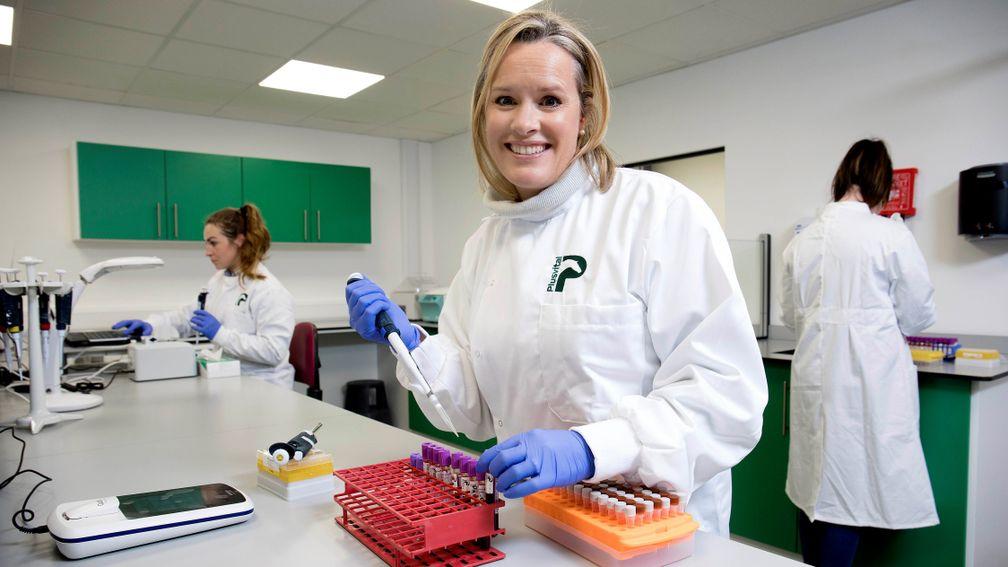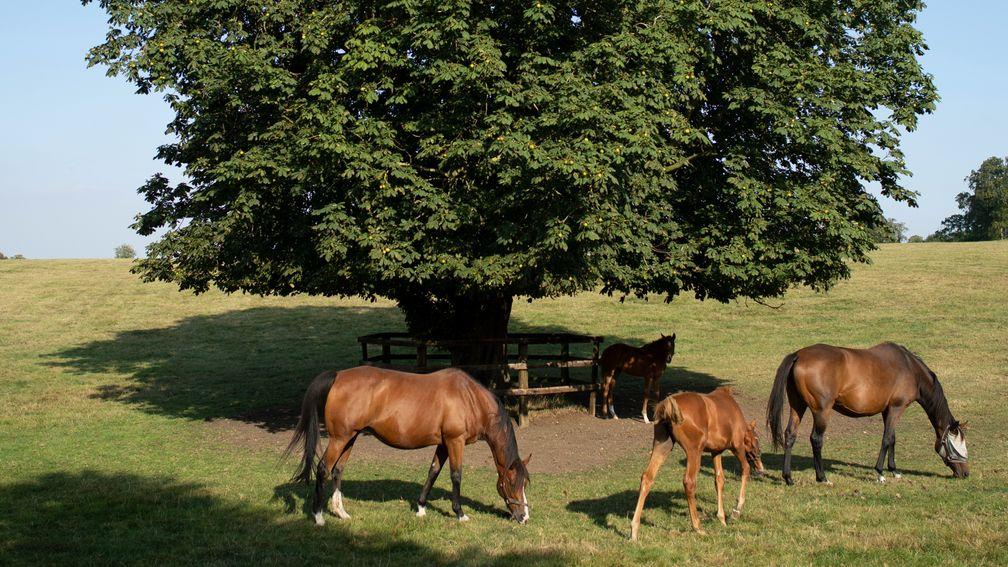Study shows negative impact of inbreeding on number of foals who make racecourse
Martin Stevens speaks to Professor Emmeline Hill of University College Dublin

A major new study could shake up how breeders formulate their mating plans, having found that horses with higher levels of inbreeding have a significantly lower chance of making it to the racecourse.
Research carried out by scientists at University College Dublin, the University of Edinburgh and the Irish equine science company Plusvital examined DNA samples from more than 6,000 thoroughbred horses from Europe and Australia.
The findings, published in a paper entitled ‘Inbreeding depression and the probability of racing in the thoroughbred horse’ and published in the latest edition of the peer-reviewed scientific journal Proceedings of the Royal Society B, were that those horses with the highest levels of DNA-measured inbreeding – as opposed to what might be surmised from a tabulated pedigree – had a 13 per cent lower probability of ever competing in a race.
Many breeders believe that duplicating influential ancestors in a mating means that there is a better chance of doubling up on ‘good genes’, and there are many examples of high-class horses who appear on paper to be closely inbred. Recent research has also shown that there has been a steep rise in inbreeding over the last 45 years, largely due to the popularity of certain sire-lines.
However, it has also long been known that inbreeding can have negative consequences for an animal, as harmful mutations can accumulate in the genome. That has been shown in other species such as cattle, where inbreeding has unfavourably affected traits such as fertility, growth and production, and dogs, where inbreeding has led to chronic health conditions.
The researchers behind the new study sought to understand what effects inbreeding has had on the thoroughbred population by assessing the association between inbreeding and getting to the racecourse – the fundamental aim of breeding a horse.
By looking at the DNA of more than 6,000 thoroughbreds born in Europe and Australia, all of whom were at least five years old at the time and 13 per cent of whom had never raced, it was found that for every ten per cent increase in DNA-measured inbreeding there was a 48 per cent predicted decrease in the odds of a horse racing.

Lead researcher Professor Emmeline Hill of University College Dublin said: “The challenge for breeders is that because thoroughbreds are now so closely genetically related, the pedigree page doesn’t have the resolution to accurately tell how much inbreeding will arise from a mating.
“The best way to examine relatedness and avoid the harmful effects of inbreeding is to assess it at the DNA level. The tools to do this are widely used in other animal breeding systems and could be easily deployed for the thoroughbred."
The study also identified a single genetic marker, near a gene known in other species to be associated with bone development and repair, which has a significantly negative effect on racing. One per cent of the horses analysed were ‘double copy’ for the marker and, critically, one in three of that cohort of homozygous horses were unraced.
With around 13,500 foals born in Britain and Ireland each year, there would be around 130 to 140 new foals produced with two copies of the negative marker associated with bone development and repair, and therefore have a three-times higher risk of being unraced.
Hill said: “The identification of the single genetic marker with a strong negative effect on racing is good news, because it means that it can be managed.
“More than ten per cent of horses carry the marker and can pass it on. If the ‘carrier’ status of a mare and stallion are known, this information can be used to avoid producing foals with two copies of the genetic marker. The immediate benefit of this will be economic gains for breeders and racehorse owners and improved animal welfare.
“The knowledge of this genetic marker will allow for testing to reduce the negative impact of inbreeding with the goal to increase the number of foals that are born that actually race.”
The scientists involved in the study call for the implementation of an expansive programme of genetic testing, in order to assess the inbreeding and relatedness of horses, and to determine whether they carry the newly discovered negative genetic marker so that matings between ‘carriers’ can be avoided or even ruled out.
“It still needs to be examined whether this marker is associated with injury risk, but the data are pointing in that direction,” said Hill. “It may appear to be a small number of horses, but it has a considerable impact on the population overall.
“In the long run, the incidence of this marker in the breed could be reduced if a breed-wide programme of testing were to be implemented. This would have a positive long-term effect on the genetic health of the population and would not discriminate against the use of any stallion because it is dependent on the mares too.”
Hill added: “For thoroughbred breeders, the breeding goal is to produce viable foals that will have productive racing careers and establish their value by winning races. To do this, horses need to be sound and healthy enough to race in the first instance.”
Read more
Kapgarde filly becomes most expensive 2022 store at €310,000
'They seem to be going down well' - Harding family hoping for Derby Sale success
Martin Stevens on a famous family and set of silks in Good Morning Bloodstock
Australian participation brings added spice to a meeting with everything (£)
Published on inNews
Last updated
- Another Grade 1 winner for It's Gino in the Nicky Henderson yard as Impose Toi walks tall at Ascot
- 'Pretty special' Quisisana flying the flag for a French stud punching above its weight - and she might not be done on the track
- Leading National Hunt sire and ‘great servant’ Mahler dies aged 21
- 'You couldn't be anything but impressed' - Oh My Word writing a compelling script for Boardsmill's Poet's Word
- Monark Wood bound for in-form Max Comley after heading ThoroughBid December Sale
- Another Grade 1 winner for It's Gino in the Nicky Henderson yard as Impose Toi walks tall at Ascot
- 'Pretty special' Quisisana flying the flag for a French stud punching above its weight - and she might not be done on the track
- Leading National Hunt sire and ‘great servant’ Mahler dies aged 21
- 'You couldn't be anything but impressed' - Oh My Word writing a compelling script for Boardsmill's Poet's Word
- Monark Wood bound for in-form Max Comley after heading ThoroughBid December Sale